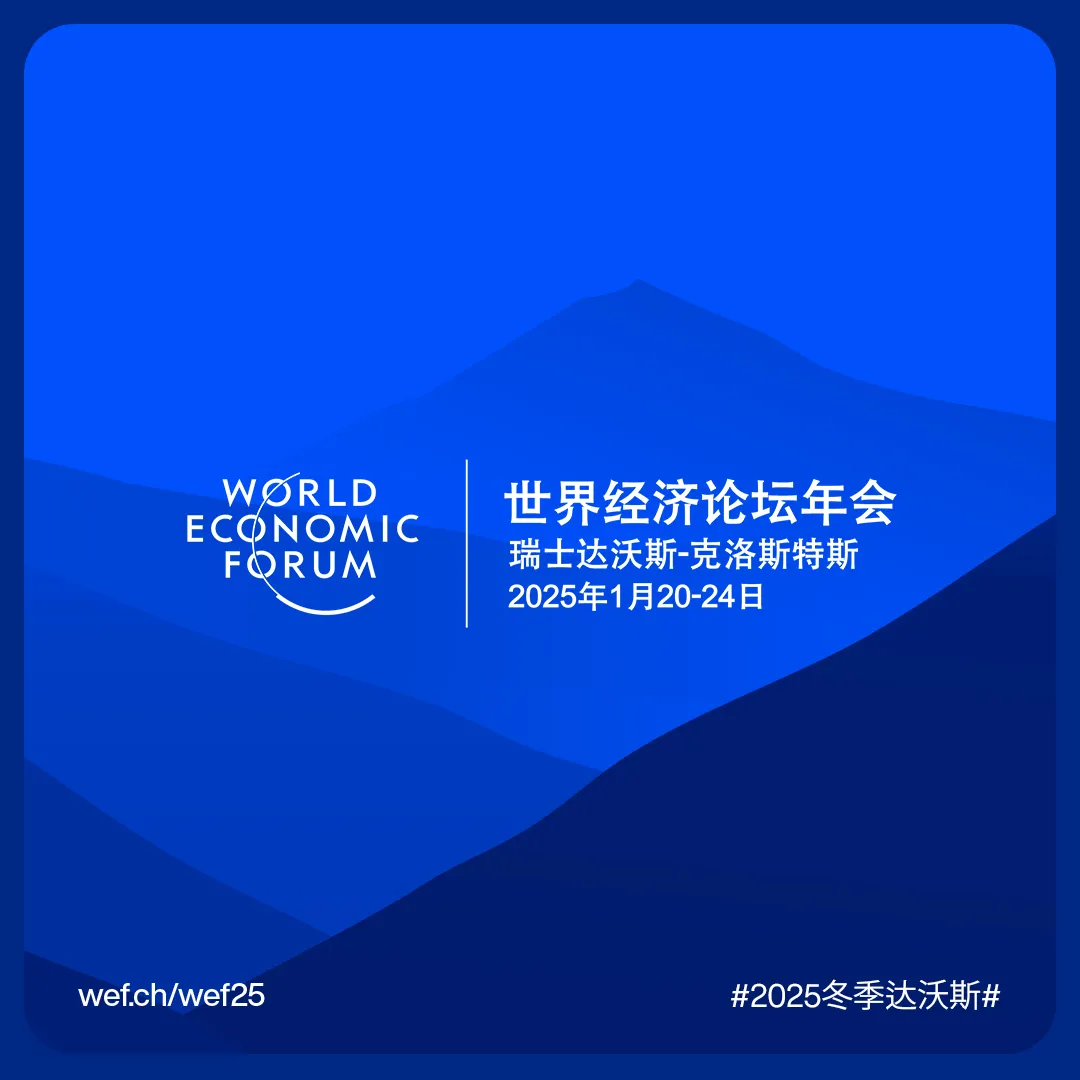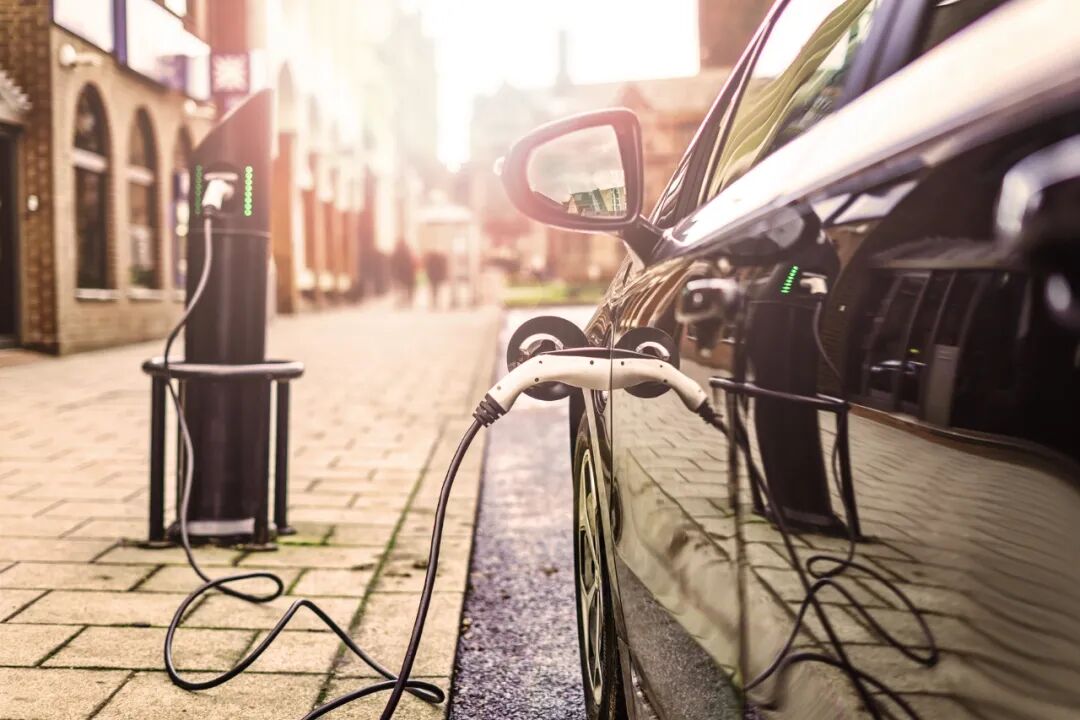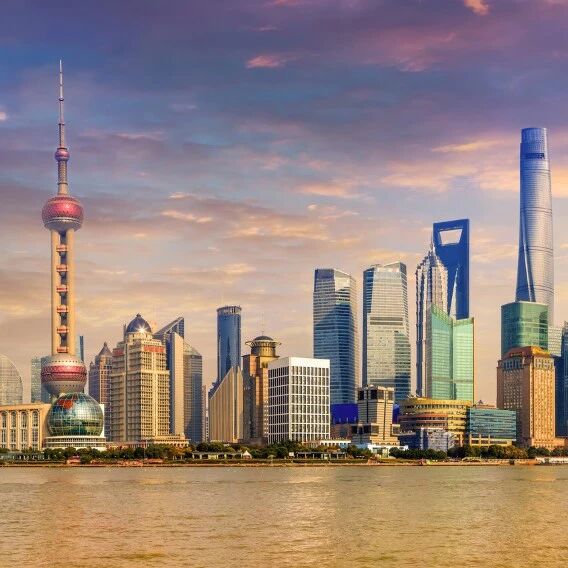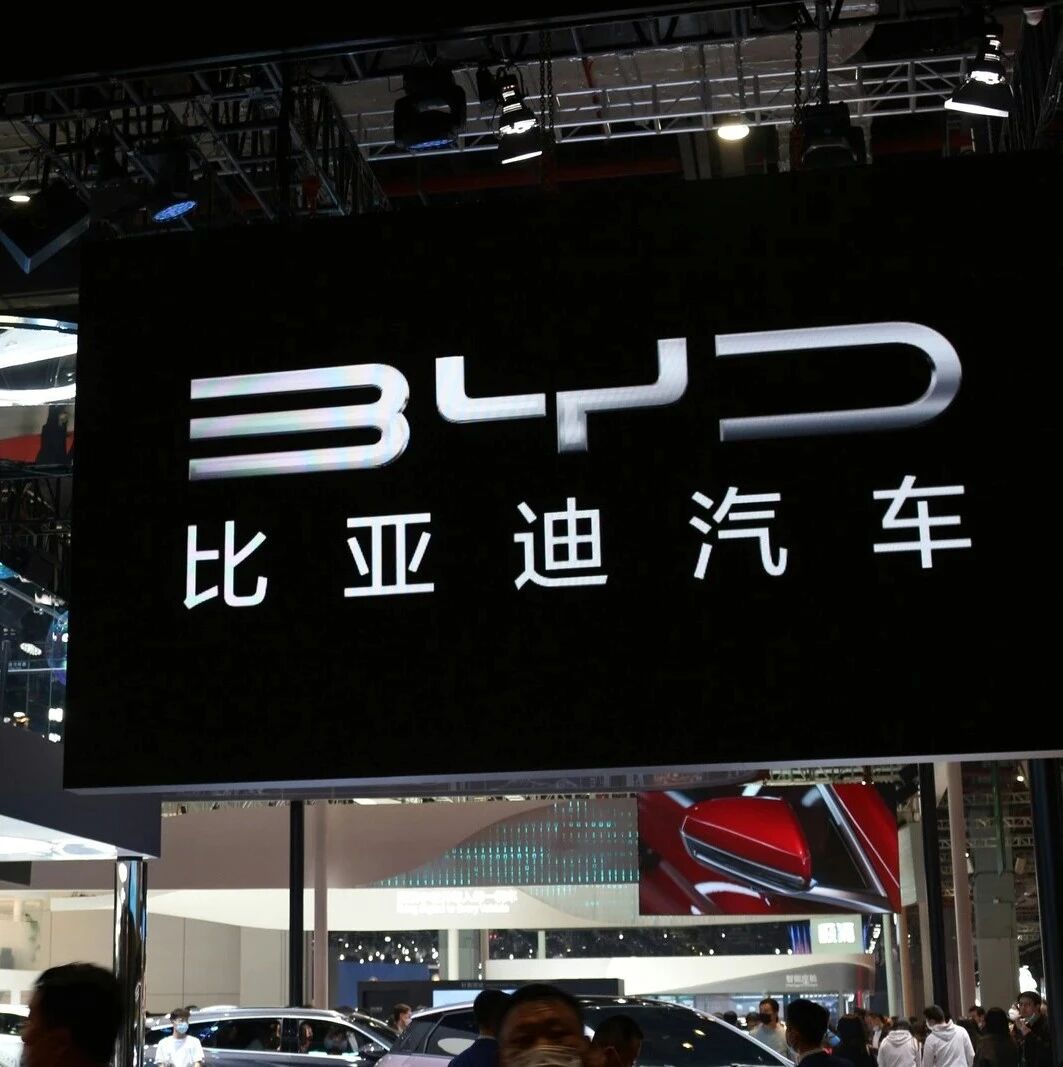China plays a significant role in the development of the electric vehicle industry and the green transition.
Image source:Getty Images
Chen Yiting
Chief Executive Officer of the Hong Kong Exchange
Green transformation requires innovation, capital, and policy support—qualities that China fully possesses.
Chinese enterprises are leading the global development and application of low-carbon technologies.
Exchanges play a critical role in connecting capital with opportunities, while the global green transition is set to unlock tremendous prospects.
We are entering the intelligent era, where advancements in renewable energy, robotics, artificial intelligence, and other fields are continuously unlocking new growth potential and driving the global green transition. China is now fully accelerating this transformation: electric vehicles cruising through streets and alleys, alongside sprawling rows of solar panels, have become a striking new visual landmark, symbolizing the pace of China’s green evolution.A range of factors is driving China's green transition.First, in 2020, China set forth its ambitious "dual carbon" goals: committing to peak carbon emissions by 2030 and achieve carbon neutrality by 2060. To this end, China is rapidly advancing green, emerging industries on an unprecedented global scale, while simultaneously building a new generation of energy infrastructure.The introduction of the "dual carbon" goals and substantial investments have fueled new-generation companies to accelerate R&D in green transformation technologies, driving a nearly 70% increase in related R&D spending over recent years.Moreover, China boasts robust capabilities in scientific and technological innovation—three of the world’s top five innovation clusters, as identified by the World Intellectual Property Organization, are located in China: the Shenzhen-Hong Kong-Guangzhou metropolitan area, Beijing, and the Shanghai-Suzhou metropolitan region. Leveraging the technological strength of these urban clusters, Chinese companies can develop highly effective green energy solutions.These green innovation achievements not only benefit China but will also resonate globally: from Sichuan to Zimbabwe, we’re witnessing the tangible impact of China’s green technologies. Indeed, China is crafting a vibrant blueprint for sustainable development that inspires the world.Driving the green transitionIn 2023, China spent more than twice as much as other countries on its green transition, solidifying its position as a global leader in clean energy production.Take battery technology as an example—China is the world’s largest supplier of lithium-ion battery components. Lithium-ion batteries are precisely what power electric vehicles. In 2023, Chinese electric vehicle battery manufacturers captured 60% of the global market share, with exports growing by 30% year-on-year.China also boasts significant advantages in the field of low-carbon hydrogen energy. When hydrogen is burned, the only byproduct is water—there are no smoke or particulate emissions whatsoever, making it the cleanest energy source in the world. The world’s largest green hydrogen project is located in China, and approximately 40% of the world’s hydrogen refueling stations are also found there, supporting a growing yet still small fleet of hydrogen fuel cell vehicles.Solar and wind energy are also strong sectors for China. In 2023, China’s newly installed solar photovoltaic capacity matched the global total of new solar PV capacity added in 2022, while accounting for 75% of the world’s wind power capacity.China's rapid advancement in green technology has helped drive down the global cost of clean energy, enabling billions of people worldwide to access cheaper, sustainable energy options. For instance, low-cost solar panels manufactured in China are now lighting up rural areas in Zimbabwe, while China’s highly affordable and efficient electric vehicles are gaining popularity across the globe—seen cruising through streets and neighborhoods from Mexico to Thailand.China's significant progress in its green transition is also making it easier for other countries to meet their emissions reduction targets. For instance, New Zealand aims to achieve net-zero emissions by 2050, and in 2023, China supplied 89% of the country's solar photovoltaic equipment.To achieve the ambitious dual-carbon goals, Chinese companies are vigorously developing, producing, and deploying green technologies, already taking the lead in many areas on a global scale.Over 800 major Chinese companies have already pledged to achieve carbon neutrality by 2050. From agricultural fields to factory floors, many businesses are leveraging energy-efficient automated processes and artificial intelligence to make this goal a reality.A leading Chinese cloud computing company is leveraging artificial intelligence to optimize energy consumption in data centers, commercial buildings, and even Olympic venues. Meanwhile, a major Chinese dairy enterprise has already boosted its operational efficiency by 19% through the use of automation technology.Some companies are already reaping the sustainable benefits of artificial intelligence. For instance, a Chinese agricultural technology firm is leveraging drones and advanced algorithms to collect and analyze soil and weather data, enabling them to reduce water and fertilizer usage while simultaneously boosting crop yields.As the latest green technologies are increasingly adopted in China's manufacturing sector, their benefits are now reaching countless overseas businesses and consumers. For instance, the world’s first zero-carbon factory—located in Sichuan—uses artificial intelligence to monitor data in real time and employs advanced algorithms to optimize energy consumption, helping the facility cut carbon emissions by 400,000 tons annually.These high-quality, new-generation productivity tools can expand the scope of technological applications, transform global manufacturing, and pave the way for a more sustainable world.There's no doubt that China will lead the way in shaping the future of the green transition.The green transition holds immense potential, serving as a bridge between investors and new growth opportunities. By 2030, global investments in Environmental, Social, and Governance (ESG) strategies are projected to reach approximately $40 trillion.This is exciting news for the exchange, as it plays a critical role in connecting capital with opportunities—acting as the core market infrastructure that bridges the gap between them. And with the global green transition underway, countless opportunities are set to emerge.In recent years, we've seen numerous companies—from Chinese lithium-ion battery manufacturers to advanced materials producers—listed on the Hong Kong Stock Exchange, all playing a key role in advancing global sustainability.The Hong Kong Exchange is taking proactive steps to create the conditions for a green transition. For instance, we’ve introduced specialized technology listing rules, opening the door for cutting-edge tech companies to go public. At the same time, we’re building a robust ecosystem of sustainable financial products, including ESG exchange-traded funds, carbon credits, as well as green and sustainability bonds.Hong Kong Exchanges and Clearing's subsidiary, the London Metal Exchange (LME), has also made significant progress. The London Metal Exchange serves as a central marketplace for many minerals and metals that are critical to China's developing and producing clean energy technologies.The London Metal Exchange has established responsible sourcing requirements to help ensure that traded metals meet global standards for responsible procurement, and has launched a digital certificate ledger to record and share sustainability-related information about metal attributes. Meanwhile, the LME is developing a sustainability-linked pricing solution.As the World Economic Forum Annual Meeting approaches in Davos, we look forward to working with everyone to explore how we can continue connecting capital with opportunities, strengthen partnerships, and unlock new growth potential for the world.

The above content solely represents the author's personal views.This article is translated from the World Economic Forum's Agenda blog; the Chinese version is for reference purposes only.Feel free to share this in your WeChat Moments; please leave a comment at the end of the post or on our official account if you’d like to republish.
Translated by: Di Chenjing | Edited by: Wang Can
The World Economic Forum is an independent and neutral platform dedicated to bringing together diverse perspectives to discuss critical global, regional, and industry-specific issues.
Follow us on Weibo, WeChat Video Accounts, Douyin, and Xiaohongshu!
"World Economic Forum"





